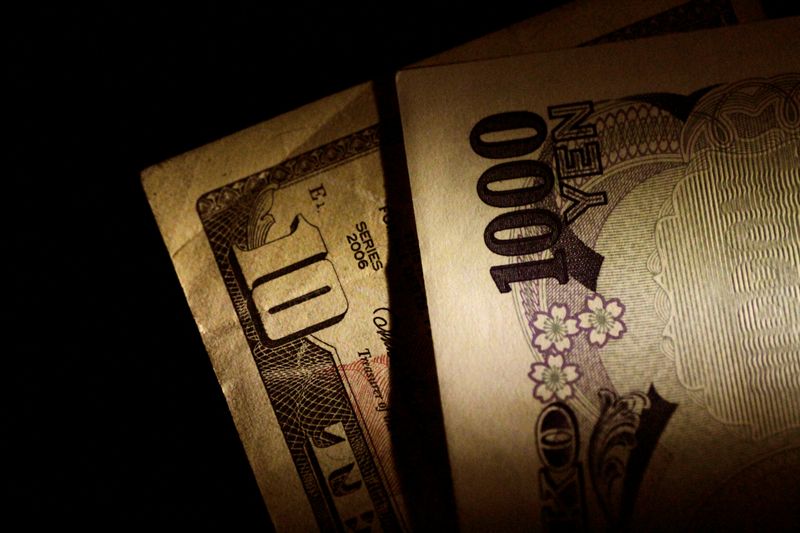By Tom Westbrook
SINGAPORE (Reuters) - Heavily-sold Asian currencies were modestly firmer on Tuesday, as investor risk appetite recovered with an apparent slowdown in the rate of coronavirus infection, even as the death toll rose.
China reported 108 new coronavirus deaths on Tuesday, bringing the total number of people killed in the country to 1,016, yet the number of new cases fell.
The Australian dollar, which is highly sensitive to China's economic health because of Australia's commodity-heavy export profile, rose 0.3% to $0.6707
China's yuan was firm at 6.9773 per dollar and the People's Bank of China held its mid-point guidance relatively steady, even though the U.S. dollar had gained sharply overnight
"The absolute number of cases continues to climb. That remains a worry. But where the market has taken a bit of comfort is that the rate of infection seems to have come down," said Bank of Singapore currency strategist Moh Siong Sim.
"The other thing that's been somewhat comforting is that the Chinese currency has gone back below 7 (per dollar)," he said. "That's been somewhat of a stabilizing influence for the rest of the Asian currencies."
The Japanese yen
The Korean won
Yet, as an advance team of international experts arrived in China to investigate the coronavirus outbreak, plenty of jitters remain.
The World Health Organization has warned the spread of coronavirus among people who had not been to China could be "the spark that becomes a bigger fire".
JPMorgan (NYSE:JPM) has again downgraded forecasts for growth this quarter, as businesses struggle to get back to work and supply chain disruptions bite.
The nerves showed in the New Zealand dollar, which languished close to a three-month low at $0.6390
The market expects rates to be kept at a record-low 1%, but will be closely parsing the Reserve Bank of New Zealand's choice of words around the coronavirus' impact.
"They will probably leave the easing bias as it is," said Westpac analyst Imre Speizer.
"But there are risks around the way they describe the situation. They could describe it as potentially more severe than others are seeing it, at the same time they may describe it as less severe."
Elsewhere the greenback was marginally weaker against the euro and pound after surging ahead overnight amid fresh signs of divergence between the U.S. economy and Europe.
Italian industrial output unexpectedly posted its steepest decline in nearly two years on Monday, after the United States' surprisingly recorded robust jobs figures last week.
Federal Reserve Chairman Jerome Powell appears before Congress on Tuesday to begin two days of testimony and is expected to reiterate that the U.S. economy is doing well but that rates can stay low given subdued inflation.
